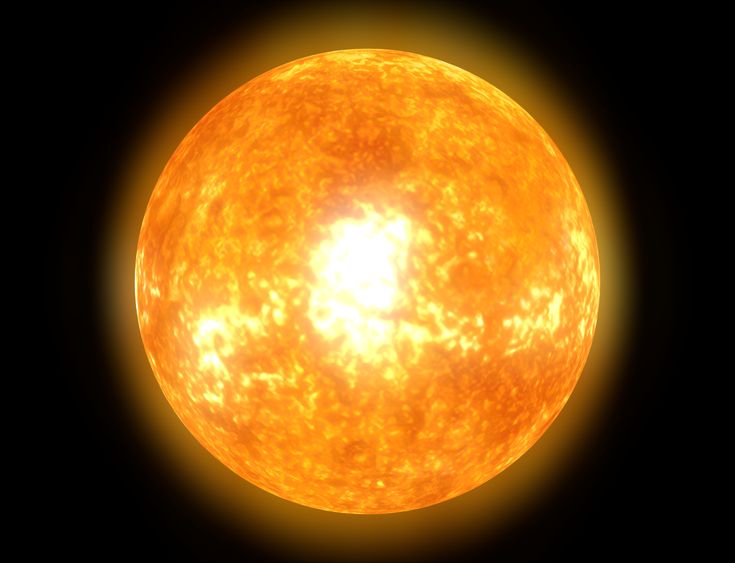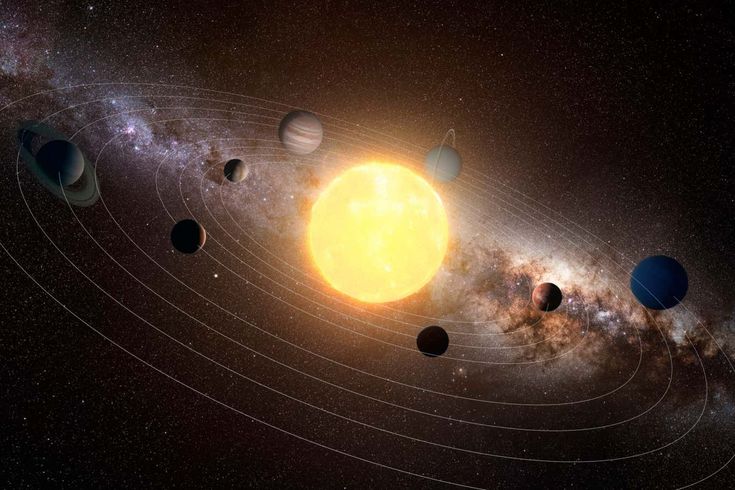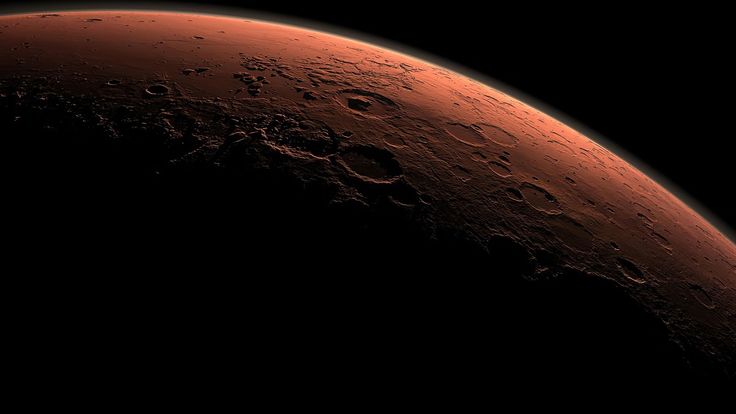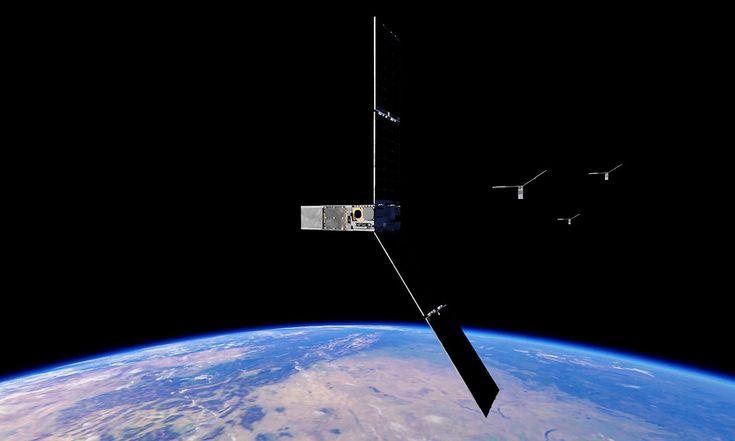Venturing Where No Craft Has Gone Before
In the vast emptiness of space, a tiny spacecraft is performing one of the boldest feats ever attempted by humanity: flying into the sun’s atmosphere. NASA’s Parker Solar Probe is not just a marvel of engineering—it’s a historic journey to the heart of our solar system, blazing a trail through regions no spacecraft has ever dared to explore.
Launched on August 12, 2018, the Parker Solar Probe was designed to touch the sun, or more precisely, to enter its outer atmosphere—the corona. Battling temperatures that would melt most spacecraft and moving at speeds exceeding 430,000 miles per hour, it is rewriting our understanding of the star that gives us life.
Why Go to the Sun?
The sun is essential to everything we know. It drives Earth’s weather, powers photosynthesis, and governs the movements of all planets in the solar system. But despite its importance, many of its secrets remain unsolved.
One of the biggest mysteries? Why is the sun’s corona hotter than its surface. While the surface burns at around 5,500°C, the corona sizzles at over a million degrees Celsius. It’s like standing near a campfire and finding the air around it hotter than the flames. Parker Solar Probe is on a mission to understand why.
It also investigates solar wind—streams of charged particles that can disrupt satellites, GPS systems, and even power grids on Earth. By getting closer to the sun than any mission before, Parker aims to uncover how this wind is generated and accelerated.

Journey Through Fire and Radiation
Flying so close to the sun is no small feat. To survive, the Parker Solar Probe is equipped with a revolutionary heat shield made of carbon-composite material, capable of withstanding temperatures of nearly 1,400°C. Behind this shield lies a suite of instruments designed to measure magnetic fields, plasma waves, high-energy particles, and solar wind dynamics.
The spacecraft performs gravity-assist maneuvers around Venus, using the planet’s pull to gradually spiral closer to the sun. Over the course of its seven-year mission, Parker will make 24 close approaches, each one bringing it nearer to the surface of our star.
During these passes, it dives through the corona, collecting data and relaying it back to Earth—information that was once thought impossible to obtain.

What We’ve Learned So Far
Even in its early stages, Parker Solar Probe has delivered stunning results:
- It discovered that solar wind flows in fast, chaotic streams, twisting in unexpected ways.
- It detected strange, zigzag-shaped “switchbacks” in the magnetic field—signs that solar wind may be flung from the sun’s surface in quick bursts.
- It offered the first direct evidence that dust grains evaporate as they approach the sun, revealing insights into the makeup of the inner solar system.
These findings are transforming how scientists model the sun’s influence on the space environment and how we prepare for solar storms that could impact life and technology on Earth.

A Legacy Beyond the Sun
The Parker Solar Probe isn’t just a scientific mission—it’s a symbol of human ingenuity and ambition. Named after astrophysicist Dr. Eugene Parker, who first theorized the solar wind in the 1950s, this is the first NASA mission to be named after a living person. Dr. Parker lived to see the launch of the spacecraft bearing his name—a powerful tribute to his groundbreaking work.
By flying closer to the sun than any object before it, Parker is pushing the boundaries of exploration. It proves that even in the face of overwhelming heat, radiation, and uncertainty, we continue to reach for the stars—or in this case, our very own.
A Star-Touched Adventure
The Parker Solar Probe is humanity’s fiery ambassador to the sun—a machine designed to endure extremes in order to answer cosmic questions. As it spirals ever closer to our star, it carries with it not just sensors and circuits, but the collective curiosity of all those who dare to ask, “What lies at the heart of the solar system?”
And slowly, orbit by orbit, the answers are beginning to emerge—bathed in sunlight and born in the heat of a million degrees.


